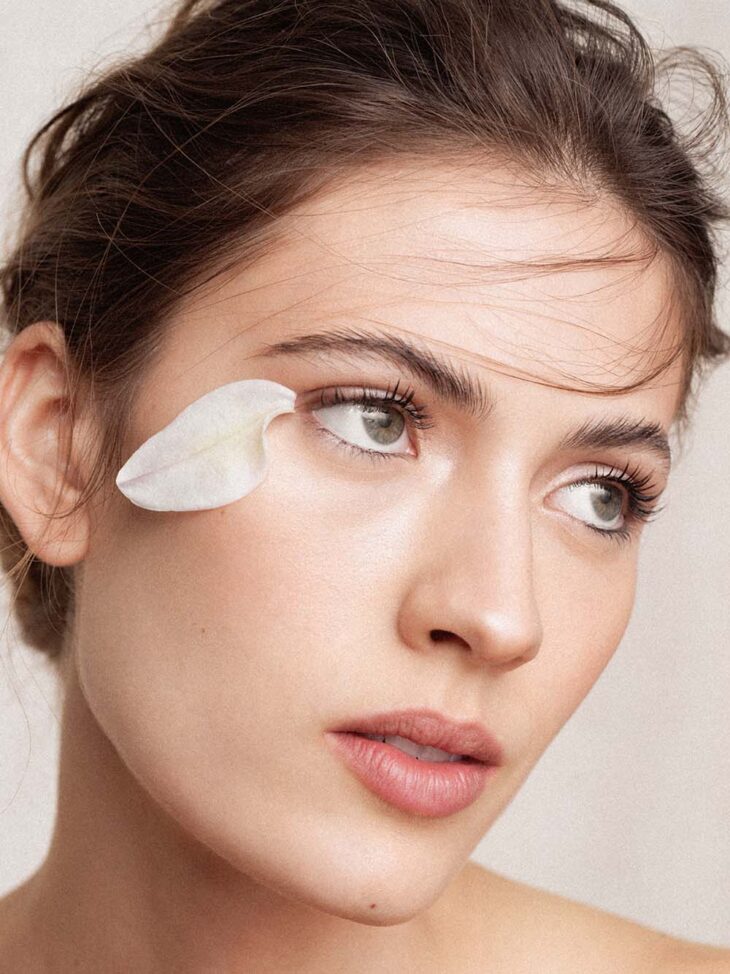
Fine lines, acne scars, and uneven skin tone can feel like a constant struggle. While a solid skincare routine helps maintain healthy skin, some concerns require a more advanced solution. That’s where laser skin resurfacing comes in – it works beneath the surface to refine texture, even out tone, and reveal smoother, rejuvenated skin.
This cutting-edge treatment has gained traction for its ability to address skin imperfections with precision. It removes damaged outer layers and stimulates collagen production, gradually improving skin quality. Whether the goal is softening scars or reducing signs of aging, laser resurfacing technologies provide noticeable improvements without surgery.
How Laser Skin Resurfacing Works
Laser skin resurfacing harnesses concentrated light energy to target and remove damaged skin cells, encouraging fresh, healthy tissue to take its place. These precise beams target specific areas, activating the skin’s natural healing process. As the treated skin recovers, it smooths out uneven texture, diminishes wrinkles, and fades discoloration.
There are two primary types of laser resurfacing: ablative and non-ablative. Ablative lasers work by removing thin layers of skin, making them ideal for deep-set facial wrinkles and significant scarring. Non-ablative lasers don’t remove surface dermal layers but instead heat deeper tissue, stimulating gradual collagen growth. The right option depends on individual skin type, treatment goals, and preferred recovery time.
Advancements in technology have made these series of treatments and skin care services more precise and customizable than ever. Skilled professionals tailor each session to suit specific concerns, optimizing results while ensuring minimal downtime.
Finding the Right Laser Treatment for Your Skin
With various resurfacing techniques available, choosing the right one depends on skin type, primary concerns, and how much downtime is acceptable. Some laser technologies work best for fine lines and mild discoloration, while others are more effective for deep wrinkles and pronounced scars.
For sensitive skin, fractional lasers provide noticeable results with minimal irritation. More intensive options, like CO2 lasers, deliver dramatic resurfacing and boost collagen production for significant rejuvenation. Consulting a skin specialist ensures the treatment aligns with personal skincare needs.
A thoughtful treatment plan enhances results. Factors like skin hydration, natural pigmentation, and previous treatments all play a role in selecting the most effective option, ensuring safe and lasting improvements.

Navigating the Healing Process
Recovery varies based on the laser type, skin’s natural response, and how well post-treatment care is followed. Understanding what to expect makes recovery more manageable.
Right after treatment, the skin may feel warm and appear red or slightly swollen – similar to a mild sunburn. As healing progresses, peeling or flaking may occur, revealing a fresh layer of skin underneath. Proper aftercare, including hydration and diligent sun protection, is key to achieving the best outcome.
Downtime depends on the intensity of the procedure. Milder treatments allow for a quick return to daily routines, while deeper resurfacing might require extra recovery time.
Maximizing the Benefits of Laser Resurfacing
To get the best possible outcome, proper preparation and post-treatment care are essential. Following a structured skincare routine and making smart lifestyle choices can extend the benefits of the procedure, keeping skin radiant and healthy.
In the weeks leading up to treatment, avoiding harsh exfoliants and keeping skin well-hydrated can enhance effectiveness. Afterward, gentle cleansers, calming moisturizers, and broad-spectrum sunscreen protect against irritation and support recovery time. Protecting skin from excessive sun exposure prevents pigmentation issues and prolongs results.
Healthy skin goes beyond professional treatments; daily habits matter, too. Staying hydrated, eating nutrient-rich foods, and following a balanced skincare regimen contribute to long-term skin vitality. When combined with proper aftercare, laser resurfacing provides lasting, natural-looking improvements.
Is Laser Skin Resurfacing Right for You?
Choosing laser resurfacing depends on individual skincare goals. This treatment effectively minimizes fine lines, sun damage, acne scars, and uneven texture. However, factors like skin tone, sensitivity, and overall health play a role in determining the best approach.
A consultation with a trained specialist can help assess whether this option aligns with specific needs. During this evaluation, skin type, lifestyle habits, and desired results are considered to create a tailored plan. Setting clear expectations ensures a more satisfying experience and optimal outcomes.
For anyone looking to restore and enhance their skin, laser resurfacing offers a scientifically backed solution. With expert guidance and consistent aftercare, the benefits extend well beyond the initial procedure, leaving skin looking refreshed and feeling its best.
Finally, achieving a healthier, more youthful complexion doesn’t have to be complicated. Laser skin resurfacing provides a precise, effective method for refining texture, minimizing imperfections, and promoting overall skin health. Whether the goal is correcting specific concerns or simply revitalizing appearance, this treatment delivers visible improvements with minimal disruption to daily life.
Images from Calixta Varady by Pablo Rodrigo – see full story here.



